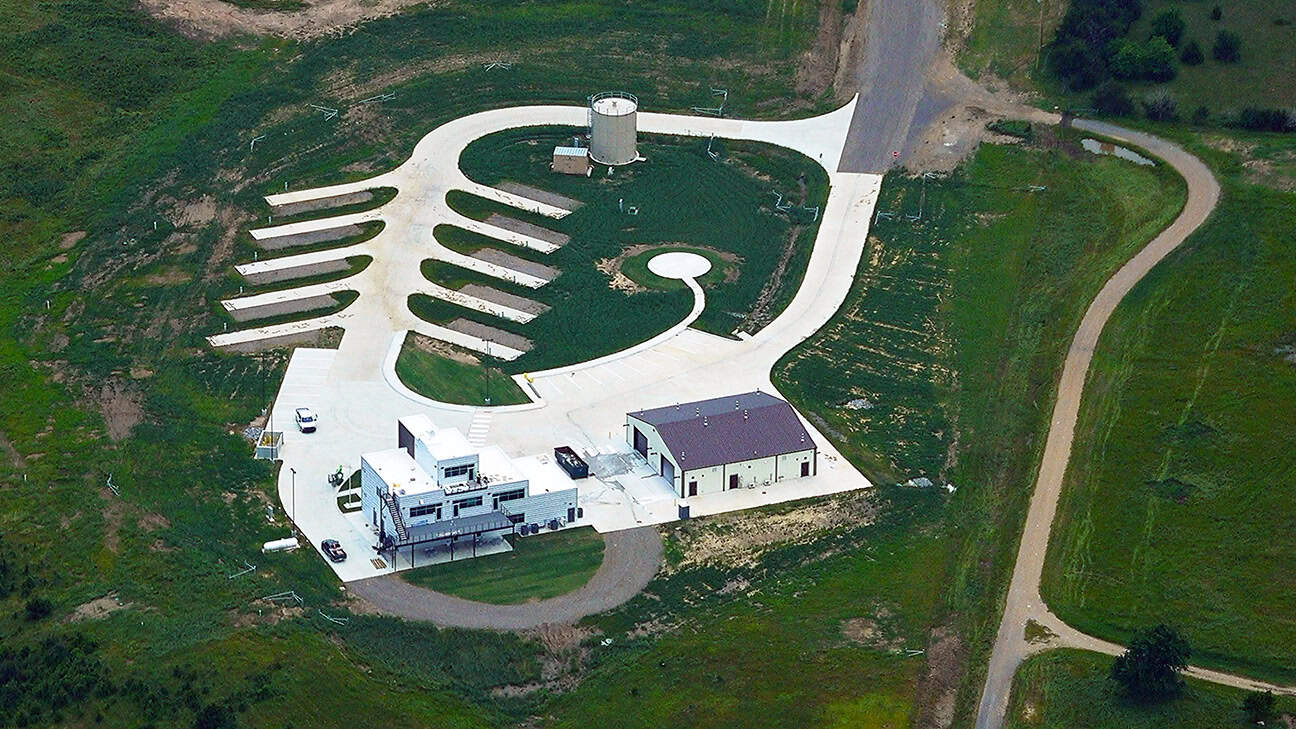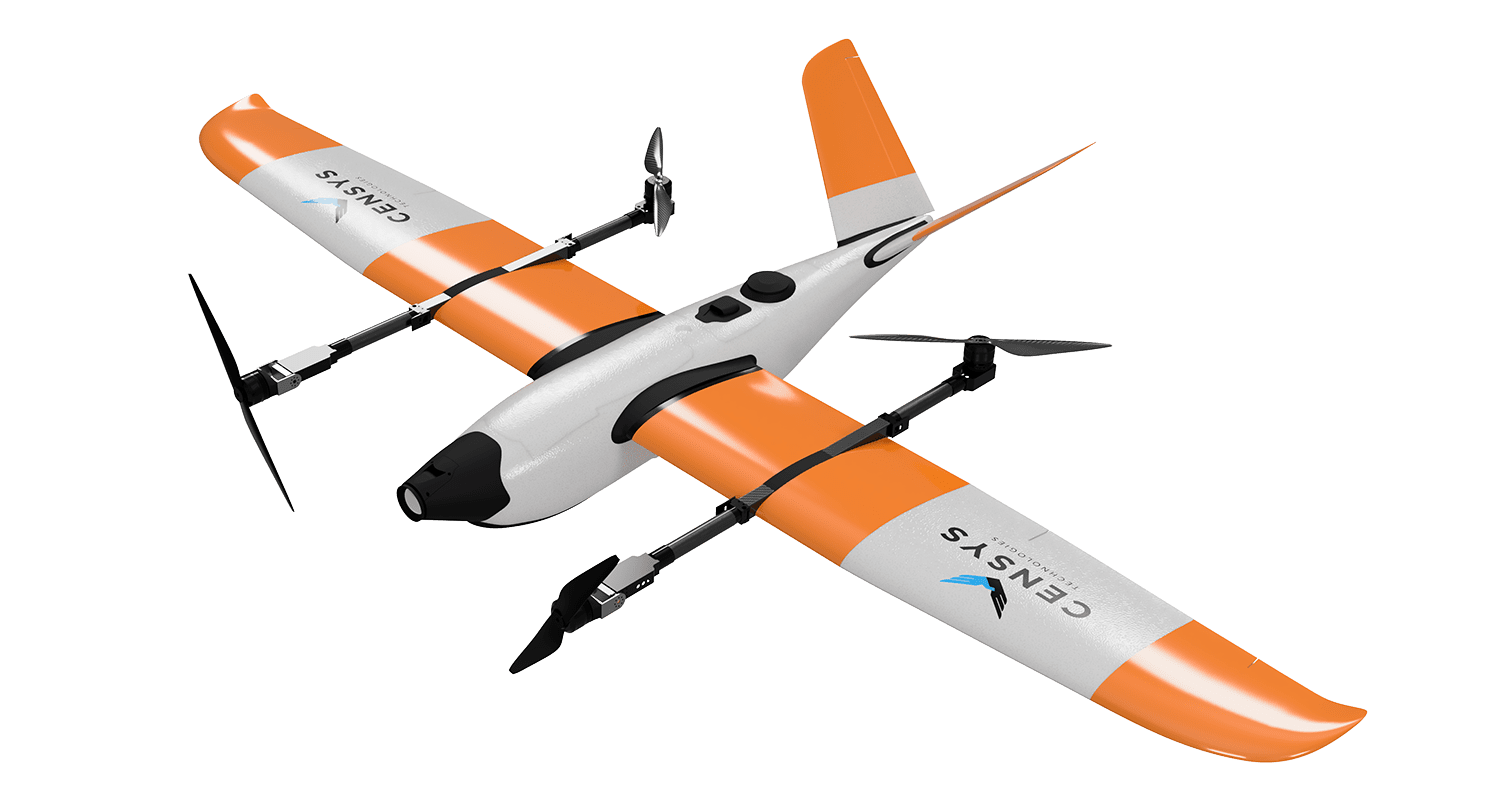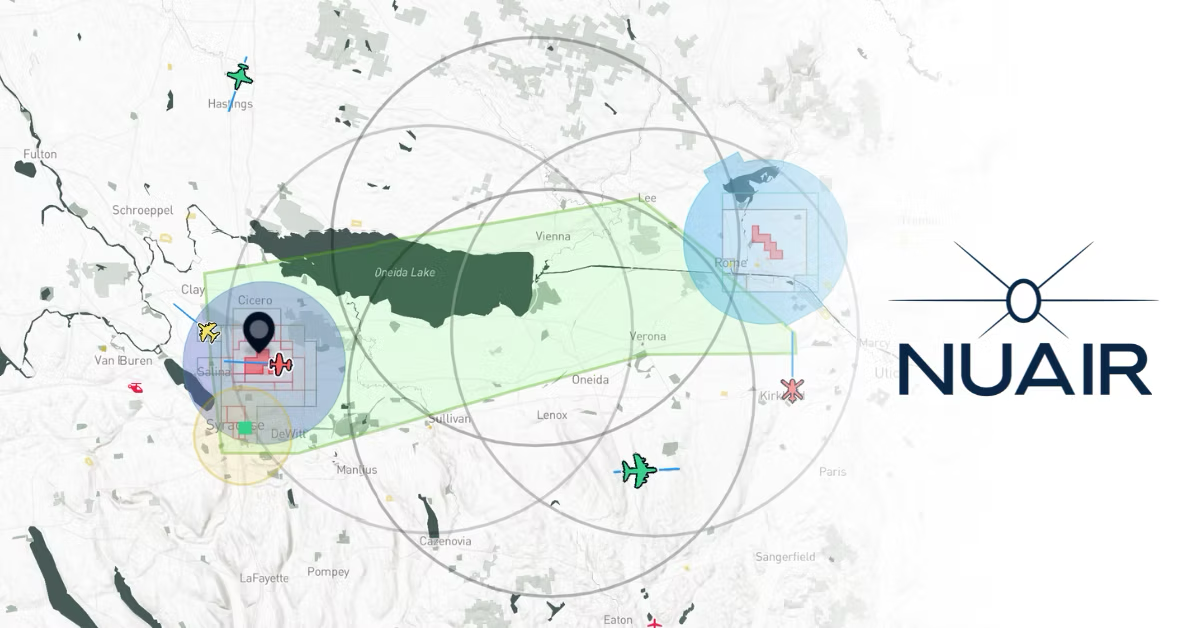In December 2024, a coalition of North Carolina universities and the state’s Department of Transportation launched an ambitious initiative to prepare rural communities for the future of advanced air mobility (AAM). Backed by $2 million in federal funding over two years, the new University Transportation Center of Excellence will focus on both research and workforce training in the fast-growing fields of Unmanned Aircraft Systems (UAS) and electric vertical takeoff and landing aircraft (eVTOLs).
The program is anchored at Elizabeth City State University (ECSU), an institution with a long history of aviation education and one of the few historically Black colleges in the nation with its own aviation science program. ECSU is partnering with North Carolina A&T State University, N.C. State University, and the N.C. Department of Transportation to ensure the initiative spans research, policy, and hands-on training.
At its core, the project is designed to bring advanced aviation capabilities to rural areas—regions where emergency response times are often long and workforce opportunities more limited. The universities will collaborate with local emergency services to build training programs for drone and eVTOL operators capable of delivering supplies, conducting reconnaissance, and supporting first responders during critical incidents.
Simulation platforms will be central to the training. By using advanced digital tools, students and community participants can practice flight operations, test rural mission scenarios, and learn the regulatory and technical requirements of AAM without the costs and risks of live flight. The project also emphasizes public engagement, ensuring rural residents understand how these technologies will be deployed and what career pathways are being created.
Leaders of the initiative see the effort not just as a way to prepare North Carolina for AAM, but as a model for rural America. By developing a skilled workforce in underserved regions, the program addresses two pressing needs: faster, more effective emergency response in hard-to-reach communities, and the creation of high-quality local jobs in an emerging industry.
As AAM technologies begin moving from prototype to commercial deployment, North Carolina’s investment in rural training and workforce readiness signals a proactive approach. For rural counties facing both economic challenges and geographic isolation, the fusion of education, emergency services, and aviation innovation may open a new chapter of opportunity.




